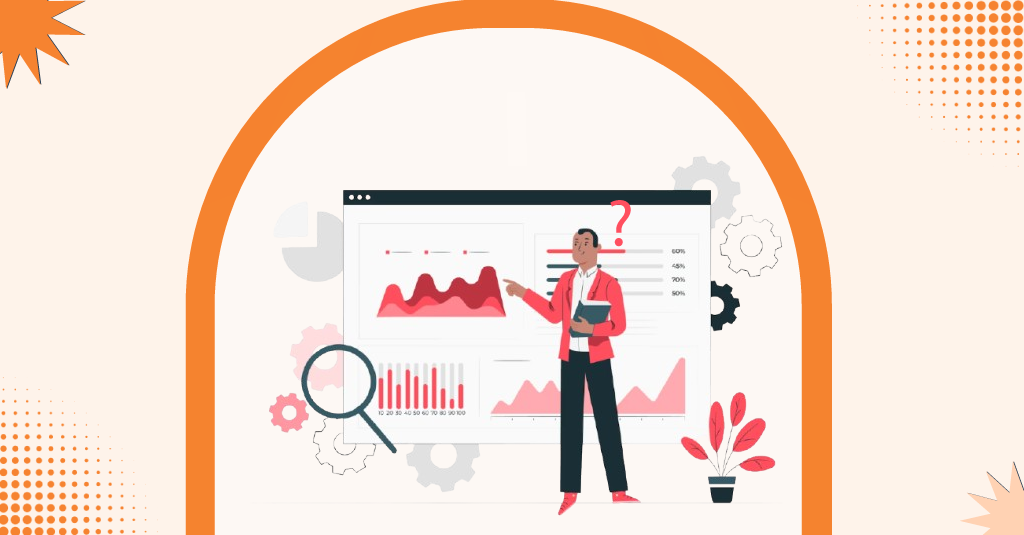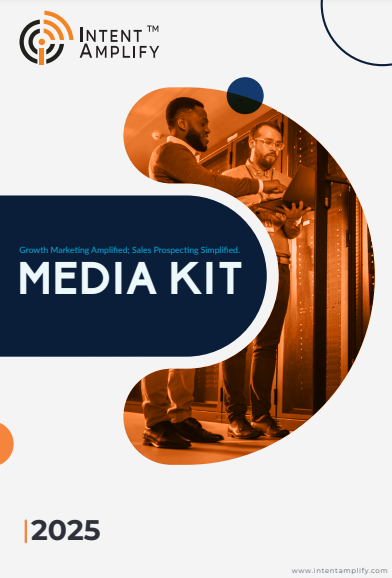
How Predictive Analytics Finds Meeting-Ready Leads
- Last updated on: June 25, 2025
If you’ve ever stared at a list of leads wondering who’s worth calling today, you’re not alone. The digital sales landscape is noisy. Not everyone who downloads your eBook or visits your website is ready for a meeting. But what if your system could tell you accurately – who is?
That’s where predictive analytics comes in. And it’s not science fiction. It’s real, data-backed, and working inside smart B2B teams right now.
What Is a “Meeting-Ready” Lead?
Let’s clear something up first. A lead isn’t “meeting-ready” just because they clicked your ad or filled out a form. Meeting readiness is about timing, intent, and fit.
Here’s what defines it:
- The right person: The lead is a decision-maker or strong influencer
- Right signals: They’ve taken meaningful actions – visited pricing pages, attended webinars, and opened multiple emails.
- Right now, these actions are recent and show a clear pattern of interest.
Instead of judging based on one interaction, predictive analytics looks at many, then scores the lead accordingly. It finds those subtle patterns that human eyes often miss.
How Does Predictive Analytics Do This?
Let’s break it down simply.
- It collects the data. Every interaction from web page visits to email clicks is captured. This includes CRM activity, webinar attendance, and third-party intent data.
- It assigns value to behaviors. Visiting a pricing page = is important. Repeating that behavior within a few days = is even more important. Models are trained to weigh actions differently.
- It learns from past successes. The system looks at previous deals. Who converted? What did they do before booking that meeting? This becomes your “success DNA.”
It scores new leads in real time. As fresh data comes in, the model updates scores dynamically. That’s how your team knows today who’s most likely to take a meeting.
According to research, companies using predictive scoring see faster sales cycles and more relevant outreach. That’s because reps are only talking to the leads most likely to convert.
Why Teams Are Investing in Predictive Scoring
Let’s be real – sales teams don’t have time to chase every contact. And marketers want to show that their efforts drive revenue, not just downloads.
With predictive analytics, here’s what changes:
- Sales work smarter: No more cold calls to uninterested people. Focus shifts to warm leads who already show intent.
- Marketing becomes accountable: Campaigns are judged by the quality of leads, not just volume.
- Better conversations happen: Sales knows what the lead has done. The first call feels personal, not generic.
- Conversions go up: According to Forrester, predictive models can improve lead-to-opportunity conversion rates by 20–60%.
Real-World Use: What It Looks Like on the Ground
Imagine a sales rep logging into her CRM. Instead of scrolling through a list of random names, she sees five leads ranked with a high meeting-readiness score.
All five have read a product comparison blog, returned to the pricing page twice, and interacted with a sales email in the last 48 hours. That rep doesn’t waste time thinking. She picks up the phone. Within two hours, she’s scheduled three discovery calls.
That’s predictive scoring in action. No hunches. Just informed action.
Are There Any Risks? Not Really – If You Stay Smart
No system is perfect. But predictive analytics isn’t risky if you stay on top of it.
- Keep your data clean: Old or duplicate records can skew results. Gartner highlights poor data quality as one of the most common pitfalls in lead scoring.
- Retrain your model often: Buyer behavior changes. Your model needs to evolve, too ideally every quarter.
- Don’t remove the human factor: According to Harvard Business Review, analytics should support not replace judgment. Use scores as a guide.
Gartner’s insights on lead scoring pitfalls suggest that businesses fail only when they treat predictive analytics like a magic wand. It works best when paired with critical thinking and clean operations.
How to Get Started with Predictive Lead Scoring
You don’t need to be a data scientist to implement this. Here’s a straightforward approach:
- Agree on what “qualified” means across your marketing and sales teams.
- Consolidate your data – CRM, email tools, website analytics, and third-party intent sources.
- Choose a vendor like Leadspace, MadKudu, or an integrated platform like HubSpot or Salesforce.
- Run a pilot: Start with a small segment and test the model’s accuracy.
- Adjust and expand: Fine-tune thresholds, retrain regularly, and scale across departments.
Start simple. You don’t need massive volumes of data just enough closed-won and lost leads to build a baseline.
Conclusion
Predictive analytics isn’t a trend. It’s a business decision backed by logic, data, and results.
It helps:
- Save time by reducing guesswork
- Surface the right leads at the right time
- Improve collaboration between sales and marketing
- Increase your chances of landing quality meetings
If your team is tired of manual lead scoring – or missing opportunities because of timing – predictive analytics offers a smarter path forward.
Let your data do the filtering, so your people can focus on what they do best: connecting.
Frequently Asked Questions (FAQs)
- How does predictive lead scoring differ from traditional scoring?
Traditional lead scoring uses static rules (like job title or company size). Predictive scoring uses machine learning to weigh historical behaviors and outcomes for more accuracy. - What type of data is needed to get started?
You’ll need CRM data (won/lost deals), engagement data (emails, web activity), and optionally third-party intent data. A few hundred records can be enough to train a basic model. - Can small businesses use predictive analytics?
Yes. Many platforms offer simplified versions of predictive scoring suitable for small teams or startups. - How often should the model be updated?
At least quarterly or after major changes like a new product launch or audience shift. - What’s the ROI of predictive lead scoring?
According to Forrester, companies that implement predictive scoring see improved sales velocity and increased lead-to-opportunity conversions – up to 60% in some cases.




